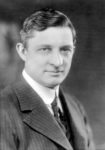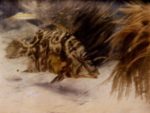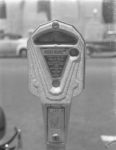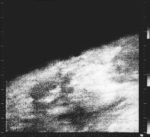Air-conditioning makes its debut, but not for people, the first underwater color photograph is taken, and parking is no longer free… It all happened This Week in Tech History.
1902 – Dr. Willis Carrier installed a commercial air conditioning system at a Brooklyn, NY printing plant. The system was the first to provide man-made control over temperature, humidity, ventilation and air quality. For the first two decades of the 20th Century, Carrier’s invention was used primarily to cool machines, not people. The development of the centrifugal chiller by Carrier in the early 1920s led to comfort cooling for movie theaters and, before long, air conditioning came to department stores, office buildings and railroad cars.
1926 – The first underwater color photograph appeared in “National Geographic” magazine. The picture of a hogfish was captured off the Florida Keys. The photographer used a special waterproof housing for the camera, as well as several pounds of highly explosive magnesium flash powder to light up the underwater scene. The powder was left on a raft on the surface of the water and when the camera shutter was pressed, it triggered the explosion which lit up the water up to 15 feet.
1935 – The first automatic parking meters were installed in Oklahoma Cit. Opponents of the meters considered paying for parking un-American, as it forced drivers to pay what amounted to a tax on their cars, depriving them of their money without due process of law. Parking cost a nickel an hour, and the meters were placed at 20-foot intervals along the curb that corresponded to spaces painted on the pavement.
1965 – The “Mariner IV” spacecraft sent back the first close-up pictures of the planet Mars. The first pictures ever captured of another planet in deep space. The images largely changed the scientific community’s view of life on Mars.





